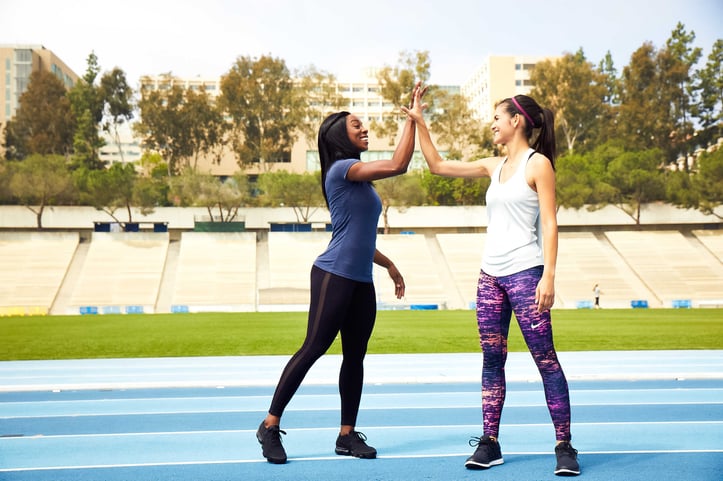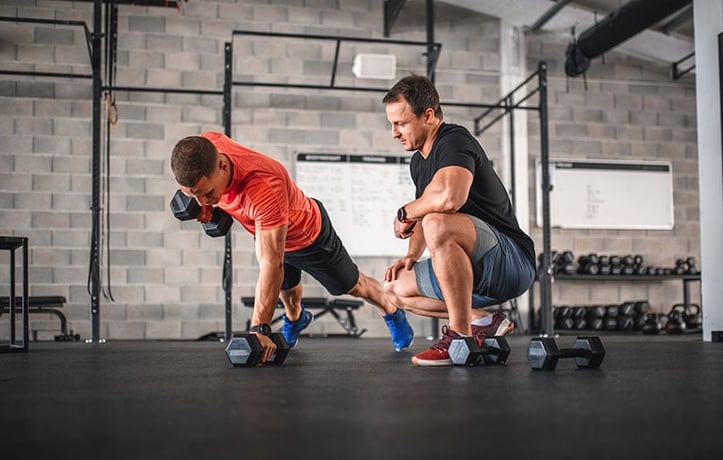
The RPE Scale Demystified: Your Key to Smarter, Safer Workouts
If you’ve ever wondered, “Am I pushing hard enough?” or “Am I overdoing it?” during workouts, the Rate of Perceived Exertion (RPE) scale is your new best friend. This simple yet powerful tool, used by elite athletes and coaches for decades, bridges the gap between gut instinct and scientific precision. Let’s break down how RPE works, why it matters, and how you can use it to elevate your fitness journey.
What is RPE? The Science Behind the Scale
Developed by Swedish psychologist Gunnar Borg in the 1970s, the RPE scale is a 1-10 self-assessment tool where 1 = "no exertion at all" (e.g., sitting) and 10 = "maximal exertion" (e.g., a 100m sprint). Unlike heart rate monitors or power meters, RPE measures how hard you feel your body is working—a blend of physical effort, breathlessness, and muscle fatigue.
Research from the American Council on Exercise (ACE) confirms RPE correlates strongly with objective metrics like heart rate (HR) and blood lactate levels, especially in consistent conditions. For example, an RPE 7-8 often aligns with 70-85% of max HR—ideal for building aerobic capacity. This makes it a budget-friendly, accessible tool for anyone without high-tech gear.
Why RPE Beats "One-Size-Fits-All" Intensity Rules
Most fitness plans dictate "3 sets of 12 reps" or "30 minutes at 75% max HR," but your body’s response varies daily. Stress, sleep, or nutrition can make the same rep count feel harder or easier. Here’s where RPE shines:
- Personalization: A beginner might hit RPE 8 with 10 push-ups, while an advanced lifter needs 20. RPE adapts to your current capacity.
- Recovery Protection: Post-hard day? Dropping from RPE 7 to 5 ensures you don’t overtax fatigued muscles—a key to avoiding injury, per NASM (National Academy of Sports Medicine).
- Mind-Body Connection: Regular RPE use trains you to listen to your body, reducing reliance on external metrics that may mislead (e.g., a cold lowering HR).
How to Use RPE: Step-by-Step for Every Workout Type
Let’s translate RPE into action across common training modalities:
1. Strength Training
Aim for RPE 6-8 on working sets (not warm-ups). For example:
- RPE 6: You could do 2-3 more reps with good form (e.g., 10 reps of bench press, 2 left in the tank).
- RPE 8: Only 1-2 reps left before form breaks (e.g., 8 reps of squats, struggling on the 8th). Pro tip: Use RPE 9-10 sparingly (1-2 sets per muscle group) to avoid nervous system fatigue.
2. Cardio & HIIT
- Steady-state: RPE 4-6 (conversational pace; you can talk, but not sing).
- HIIT intervals: RPE 9-10 (gasping, can only speak 2-3 words at a time). Harvard Health notes this aligns with optimal lactate threshold training—key for endurance gains.
3. Active Recovery
Stick to RPE 2-3 (gentle walking, yoga). You should feel relaxed, not taxed.
Common RPE Mistakes to Avoid
Even experienced exercisers slip up. Here’s how to stay on track:
- Mistake 1: Ignoring context. A hilly run feels harder than flat ground—adjust RPE for terrain, temperature, or fatigue.
- Mistake 2: Overrating "burn." Muscle burn from lactic acid ≠ overall exertion. Focus on breathlessness and full-body effort.
- Mistake 3: Forgetting the 1-10 range. Beginners often start at RPE 5-6, while pros might hit RPE 9 daily. There’s no "right" number—only what’s right for you.
Your Action Plan: Start Using RPE Today
Ready to level up? Try this 3-step challenge this week:
- Log RPE for every workout (e.g., "5km run: RPE 6—felt controlled, slight sweat").
- Compare to objective metrics (if you have a HR monitor). Note patterns (e.g., "RPE 7 = 150 BPM today vs. 160 BPM last week—was I more rested?").
- Adjust one workout based on RPE. If a lift felt easier (RPE 5 instead of 6), add weight next time.
The RPE scale isn’t just about numbers—it’s about building a smarter, more intuitive relationship with your body. Whether you’re a gym newbie or a seasoned athlete, mastering RPE will help you train harder and recover better. So next time you hit the mat, track that exertion—and watch your progress soar.
Got questions? Drop them below—let’s geek out over RPE together!

Fit vs Fat: Decoding Health's True Ruler

Pump Up Your Heart: Science-Driven Weight Loss

Wellness Technology: Your Path to Sustainable Weight Loss

A Sensible Guide to Dietary New Year's Resolutions
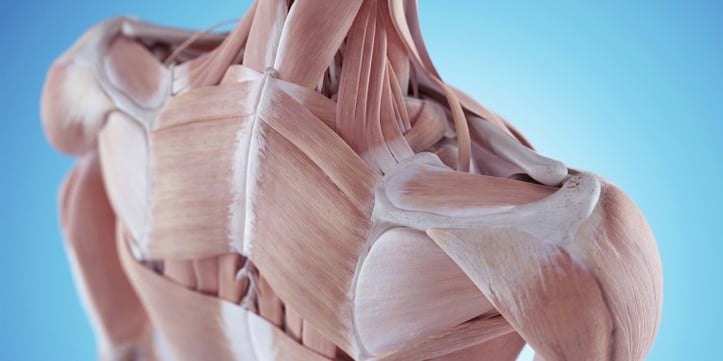
Prevent Shoulder and Rotator Cuff Injuries with Corrective Exercises
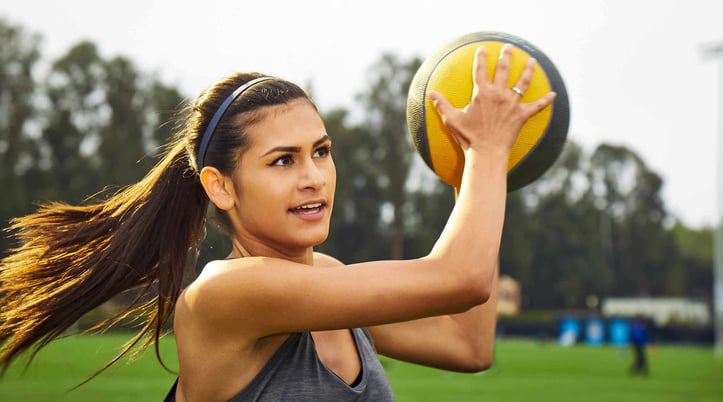
Overcome Fitness Plateaus: 4 Tips for Success

10 x 10 Thanksgiving Day Circuit: A Fitness Guide
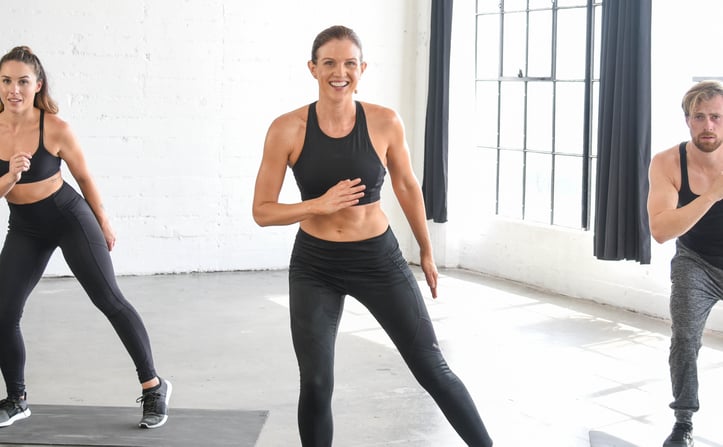
Unleash Your Fitness Potential with Kit Rich's Training Secrets
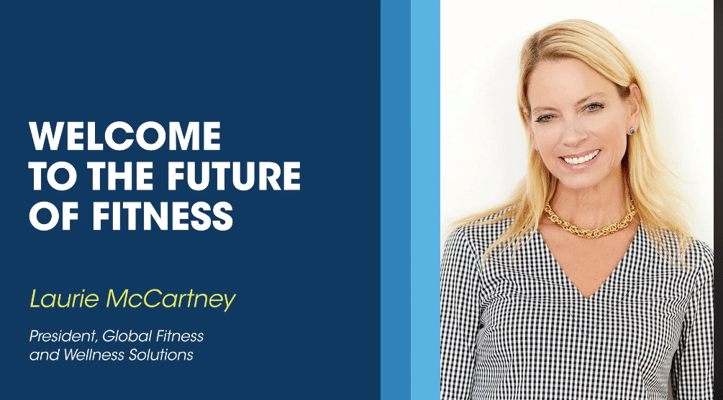
The Future of Fitness: A Guide for Beginners to Intermediates
